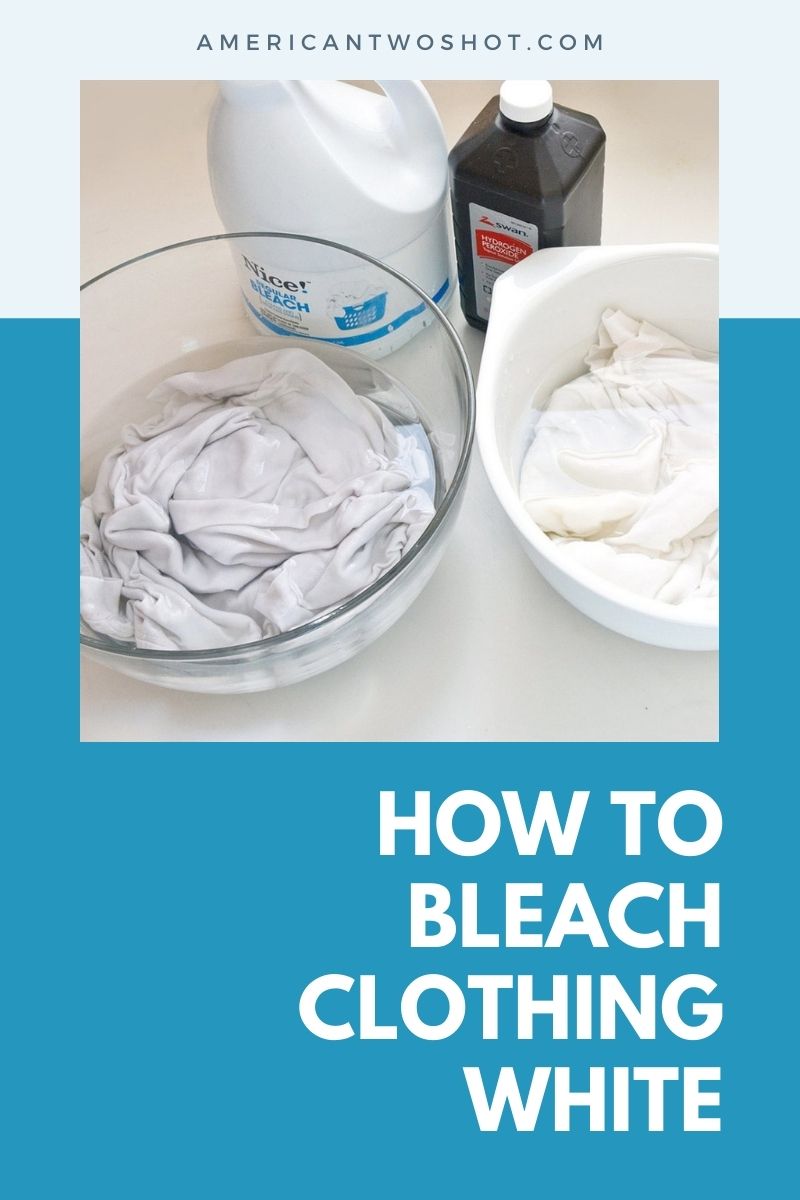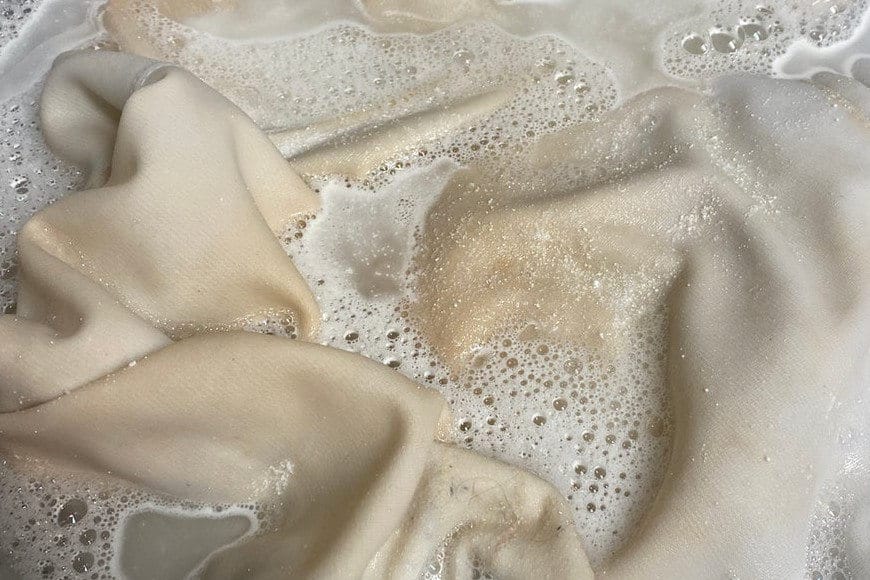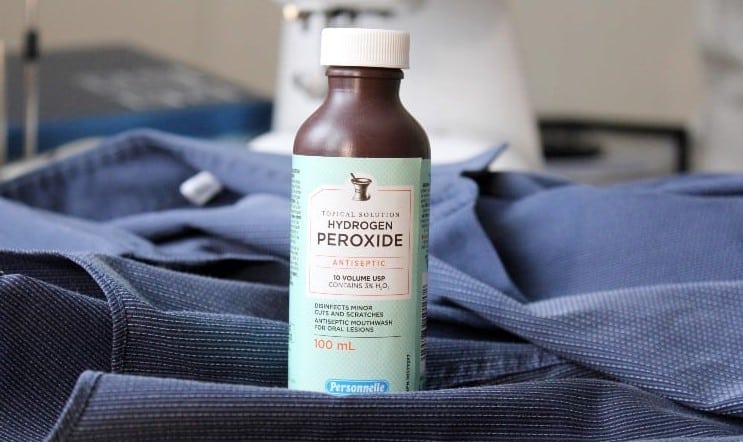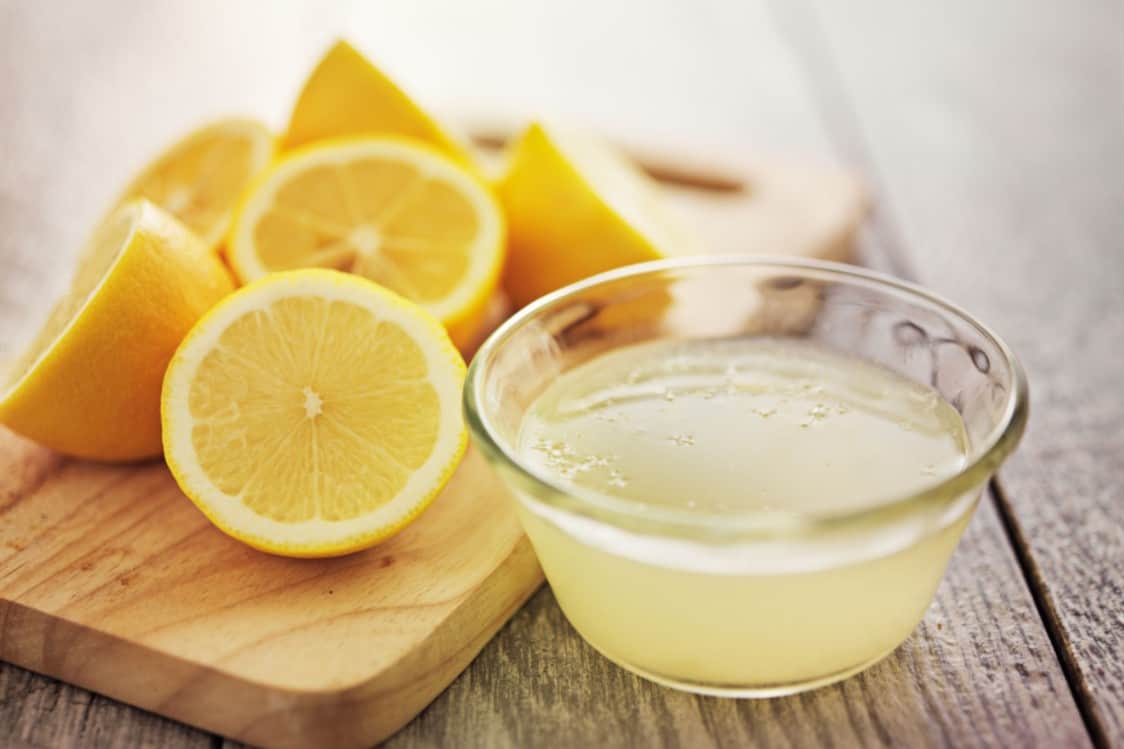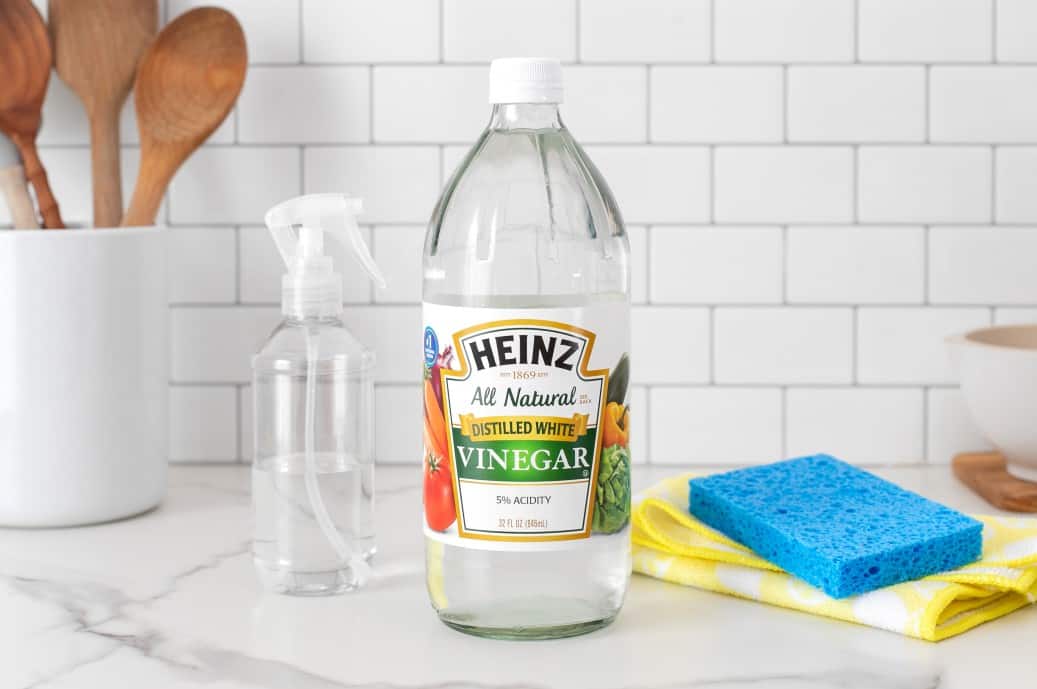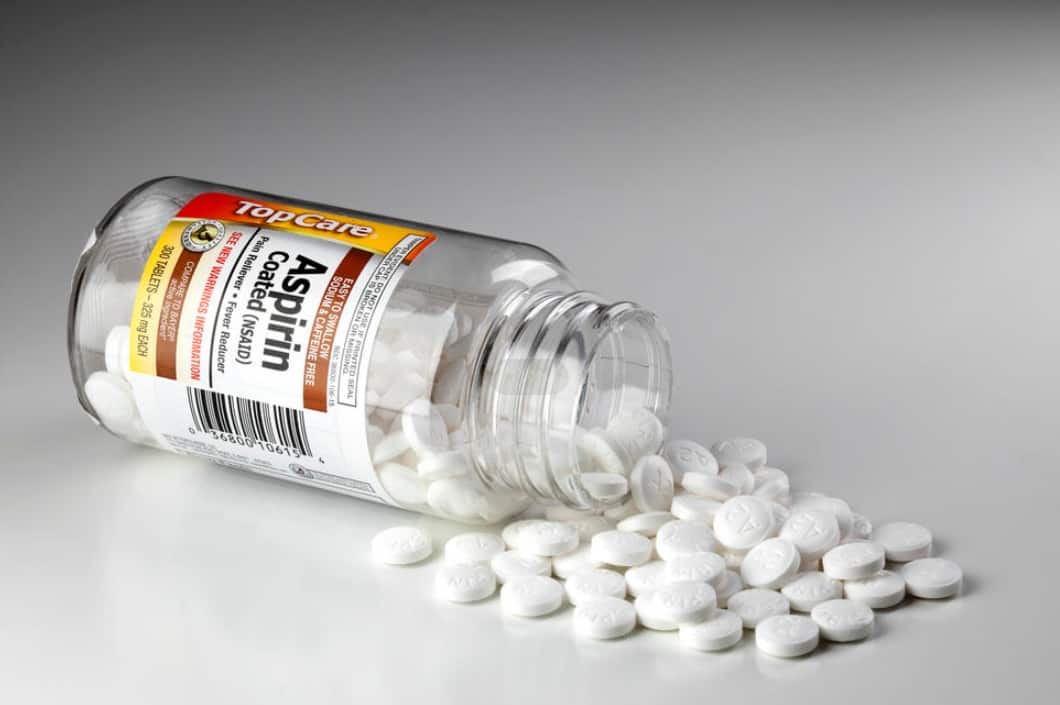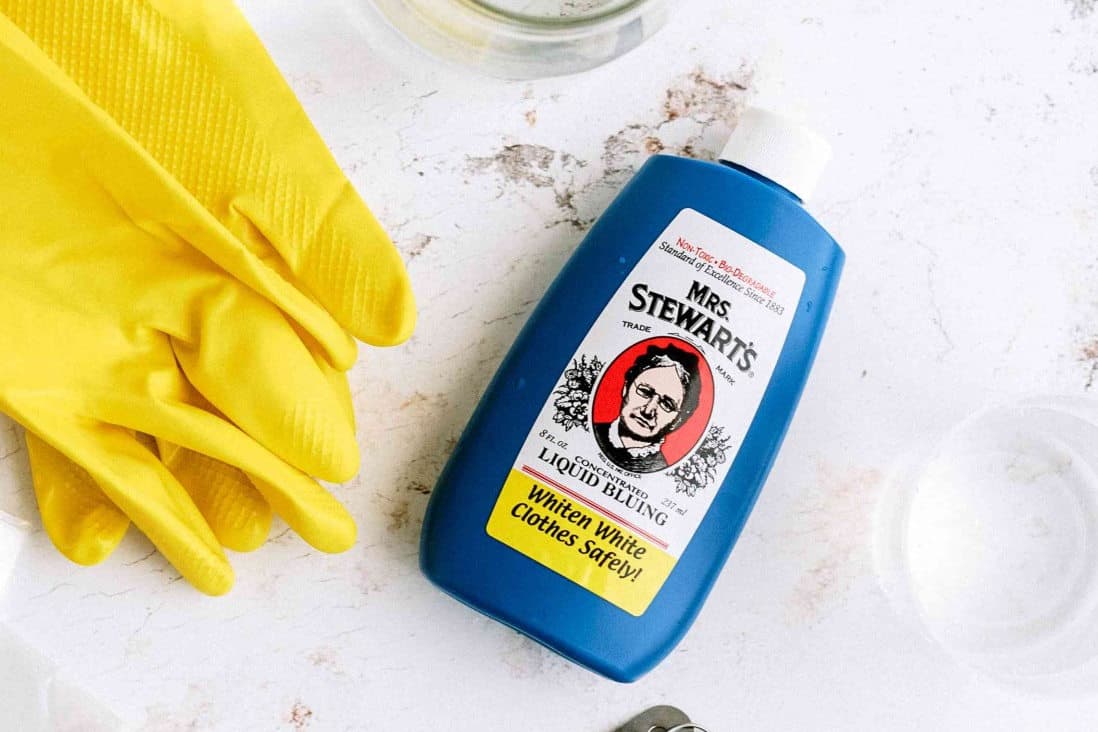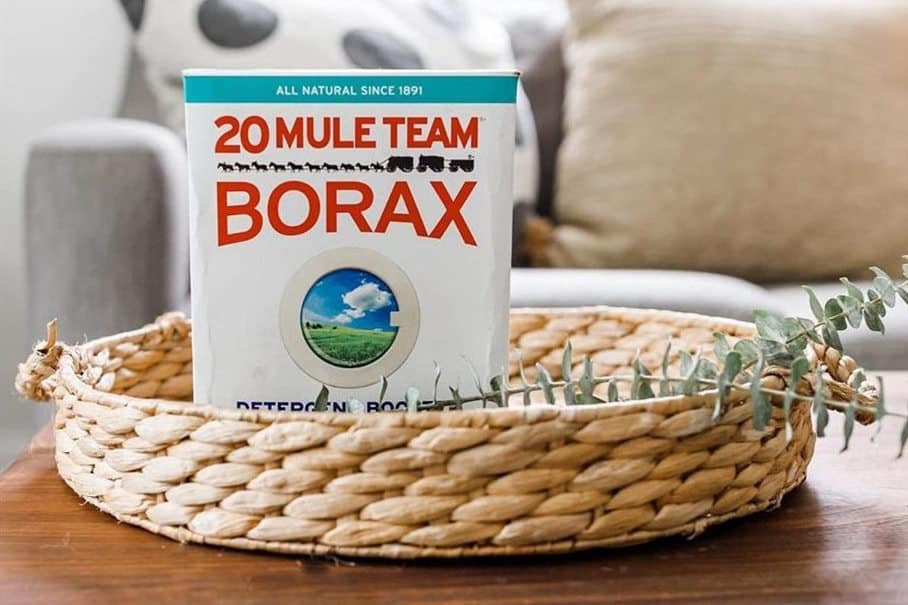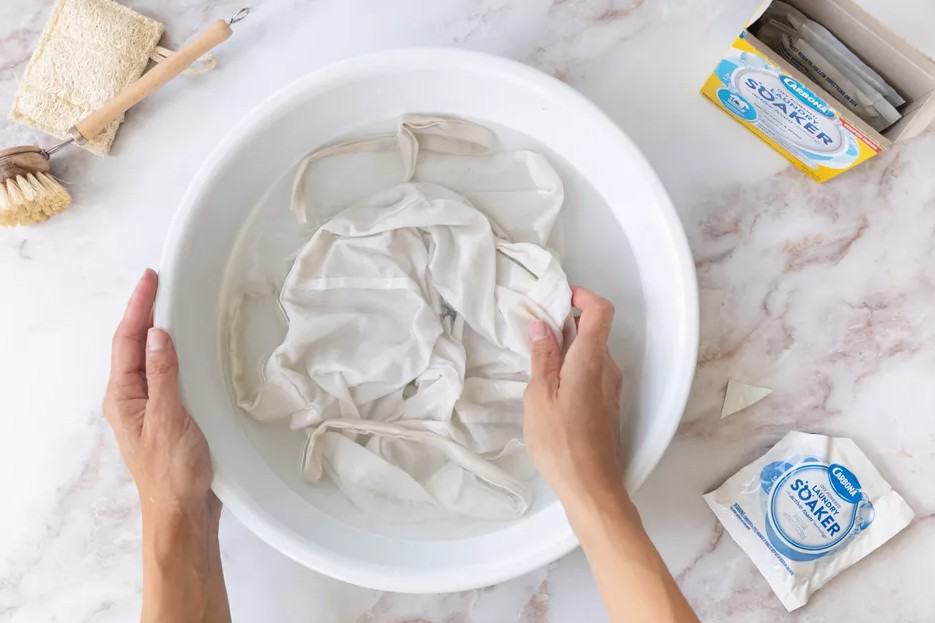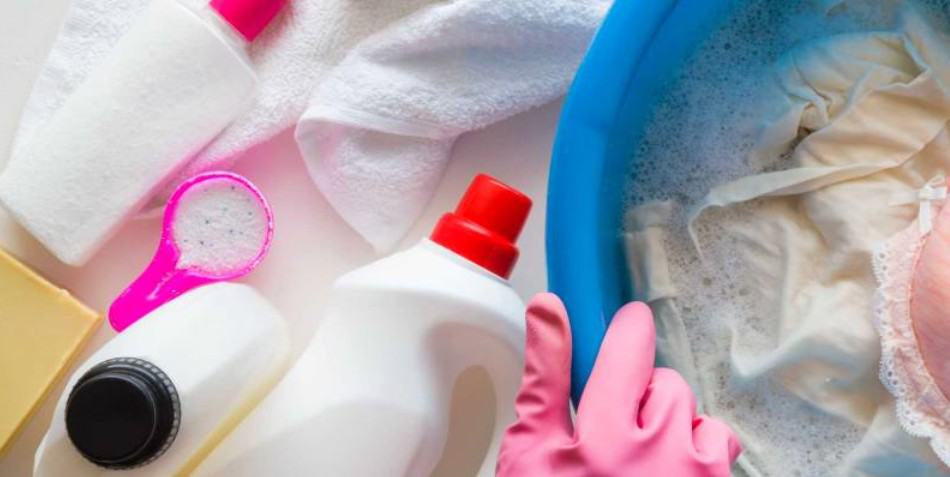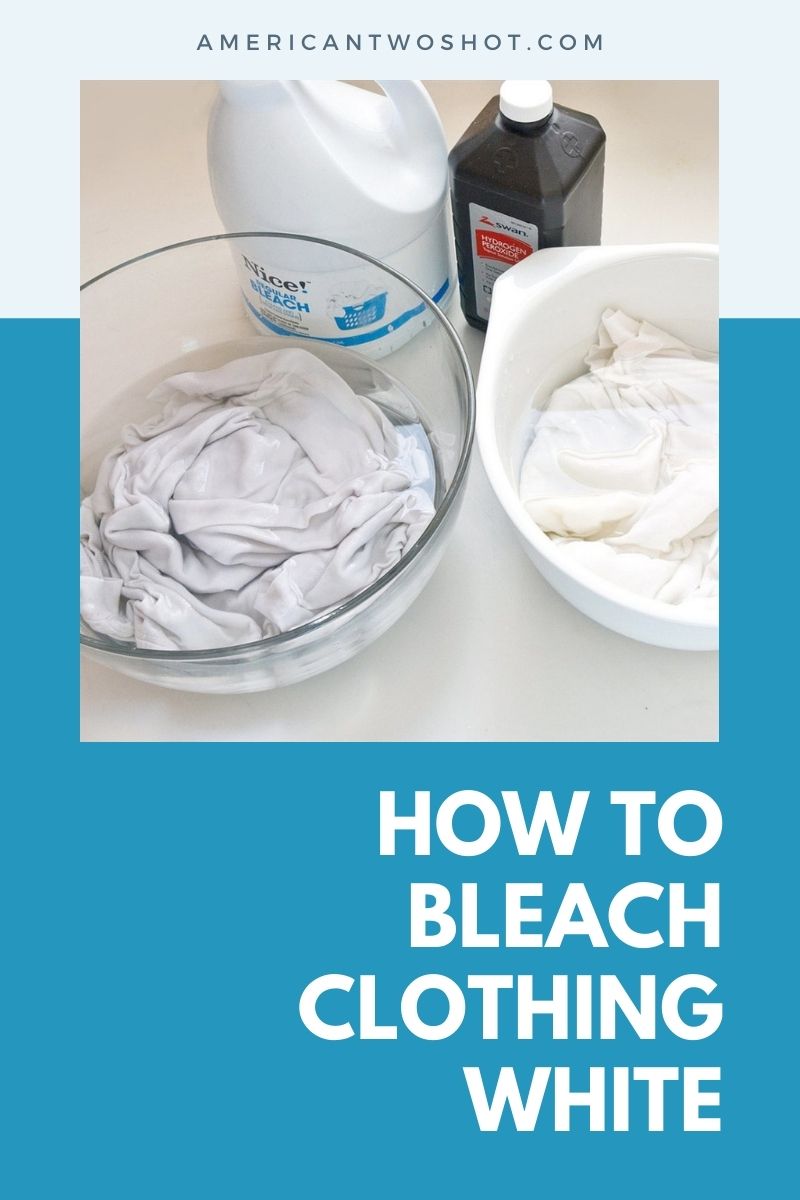Do you ever find it so frustrating when you accidentally include a colored garment with the batch of your white clothes during laundry? Only to realize after a regular cycle that the white clothes ended up stained with some dye? Do not fret because we will learn how to bleach clothing white.
What is bleach?
Bleach is often used for laundry. It breaks down stains and dirt through the oxidation process. It helps in whitening, brightening, and removing any dirt and stubborn stains on your clothes.
There are two different types of liquid bleach often used in laundry, chlorine bleach and non-chlorine bleach.
Learn more about bleach by watching the video below
Chlorine Bleach
A chlorine bleach, most commonly known as oxygen bleach, is highly recommended when removing stubborn stains and foul odors on white clothes as it is also good at sanitizing.
However, it is necessary that you take precautions as you may accidentally put chlorine bleach on your colored clothes. This will destroy your colored clothes by leaving faded spots and patches.
When using chlorine bleach, always check the care label instruction of every clothes to make sure that it is safe to use.
Non-Chlorine Bleach
On the other hand, a non-chlorine bleach, most commonly known as color-safe bleach, is the complete opposite of oxygen bleach. Non-chlorine bleach is safe to use for colored and patterned clothes.
The only common practice is to make sure that you always check the care label instruction of the clothes to ensure that it is safe to use.
It is still as strong as the chlorine bleach. Therefore, it is always best to dilute it with water to avoid damaging your colored and patterned clothes. Although, its effect is slightly slower than the chlorine bleach because of its different properties and chemicals.
It is also advised never to use this type of bleach on acetate, spandex, wool, polypropylene, silk, and flame-retardant fabrics.
9 Other ways to bleach clothing white
Apart from using the two standard and commercial bleaches often used in the laundry, there are more other ways you can choose from to bleach your clothing white.
These bleaches can also be readily available in your household. You no longer need to rush to the local store near you if you run out of stock of your non-chlorine and chlorine bleach.
Regardless of what type of bleach you will be using, may it be commercially made or organic. Make sure that you always check the label care instruction of the fabric and the product label of the bleach. Then, presoak clothes for at least a couple of hours to remove any dirt and stain.
Watch the experiment video below on how bleach reacts to different kinds of fabrics
1. Baking Soda
Baking soda has sodium bicarbonate as its active ingredient. It is famous for being a household remedy. It not only helps in deodorizing and softening your clothes, but it is also an excellent agent to whiten and brighten your clothes when combined with liquid laundry soap.
Dilute at least half a cup of baking soda with warm water before adding it to the laundry.
2. Hydrogen Peroxide
Hydrogen Peroxide is not only used to treat wounds, but it also has bleaching properties. You use hydrogen peroxide to bleach your clothes white by adding at least a cup of it after diluting it with cold or warm water and mixing it with your detergent.
3. Lemon Juice
A squeezed-out lemon mixed with hot water creates a lemon juice solution. It is one of the household remedies often used in laundry as an organic freshener and whitener.
You can soak your clothes in a tub filled with lemon juice for a couple of hours before letting it spin in a regular cycle.
4. White Distilled Vinegar
Another household remedy that has been introduced countless times is white distilled vinegar. It is an outstanding fabric whitener, softener, and deodorizer and works well when added during the rinse cycle.
It is also extensively used as a remover for any soap residue. However, avoid combining white distilled vinegar with chlorine bleach as it can cause dangerous fumes.
5. Aspirin
One natural way to bleach your clothing white is by dissolving at least five aspirin tablets in a bucket filled with water. Afterward, soak your clothes in the aspirin solution for hours before you let it spin in the washer in a regular cycle.
If you prefer to hand wash the clothes, ensure that you rinse them well before washing them with a gentle liquid detergent.
Dry your garments preferably by line drying to maximize the bleaching properties of sunshine.
6. Bluing Liquid
A bluing liquid is a mixture of water, ferric ferrocyanide, or Prussian blue. This helps in maintaining the whiteness of the fabric. The bluing liquid adds a subtle blue tint to the fabric to make it appear a little whiter and brighter than ever.
It depends on when you want to add the solution, but it is best when mixed with cold water.
7. Borax
Borax or scientifically called sodium borate, is a mineral that assists in deodorizing and brightening clothes.
8. Enzyme Presoaks
Enzyme presoaks are great at removing stubborn protein stains that can cause yellowing in your white clothes.
9. Washing Soda
Washing soda or scientifically called sodium carbonate, is somewhat similar to baking soda. However, it has an increased level of alkaline, which makes it a more substantial cleaning agent.
When using a washing soda, ensure that you rinse thoroughly as it may cause some skin irritation.
4 Safety tips when using bleach in the laundry
One small mistake of using bleach can cause damage to any of your garments. So, it is crucial to always keep these tips in mind.
Take note of the fabric label care instructions
Do not forget to check the label care instructions found in every garment before you do the laundry. As each fabric is unique, some materials cannot be washed with chlorine bleach. Thus, precautions must be taken. This is to avoid further damage to your clothes.
Ensure that your clothes can handle the mighty cleaning power and characteristics of your chosen bleach. And take note that you cannot bleach clothes with a label that says “do not bleach.”
Make a spot test
When dealing with colored clothes, the spot test is a necessary precaution to ensure that the fabric color remains the same. You may try dabbing a damp cotton swab on the inside seam of the fabric.
If you deal with white clothes with spot stains, you may continuously dab and scrub the area to completely remove the stain. Add a drop of bleach to whiten the area as needed.
Start at a small area first
Make sure that there are no other layers of fabric underneath the garment you are going to bleach. Start treating the small area first, then work all the way out the entire stain. Rinse with cold water once done.
Bleach the whole batch
Segregate clothes according to color and fabric care label instructions. Make sure that you also read the label of the bleach product you will use to ensure that it is safe and to find out the particular amount of bleach to use for the whole batch of laundry.
Avoid directly using concentrated bleach on your clothes as it can only cause damage. Ensure that you do not forget to dilute it with water.
In case you are interested in doing some DIY tie-dye using bleach, watch the video:
6 Tips on how to prevent white clothes from fading
Your white clothes will eventually fade and turn yellow if you do not know how to take care of them. To ensure to keep them as bright as white, you may take note of the following tips on how to prevent your white clothes from fading.
- Wash your white clothes every after use. Ensure to wash them as often as possible because there is a high possibility that stains could build up in due time.
- Immediately get rid of the stains as quickly as possible. Do not let it sit for a bit longer, as it may become more challenging to remove. Time is your enemy here.
- Make sure not to put in one cycle both your colored clothes and white clothes. Learn how to sort clothes accordingly when you do the laundry.
- Either you use bleach or a laundry detergent with a component of bleach as its ingredient to make sure that you keep your white clothes bright and white.
- Getting the wrinkles and creases out of your white clothes helps make them look sharp, crisp, and neater. Make sure that you iron them properly.
- Make sure that your white clothes are completely dry before you store them properly. Ensure to place your white clothes in cool and dry storage to prevent any mildew from occurring. If you keep them away for one good season, use a polypropylene storage box instead. Regular plastic storages cause white clothes to turn yellow as it traps contaminants.
Summary
Whether you accidentally included colored clothing that could stain your white clothes in the laundry or eventually turn yellow over time, make sure to follow the steps mentioned above on how to bleach clothing white. It could get very tedious and exhausting, but the effort will pay off when you successfully achieve it.

Jessica Oliver is a fashion enthusiast with more than ten years of experience in the industry. She previously managed her own clothing store in New York before becoming a mother of three. With a passion for sustainability and a desire to share clothing care and recycling tips.

